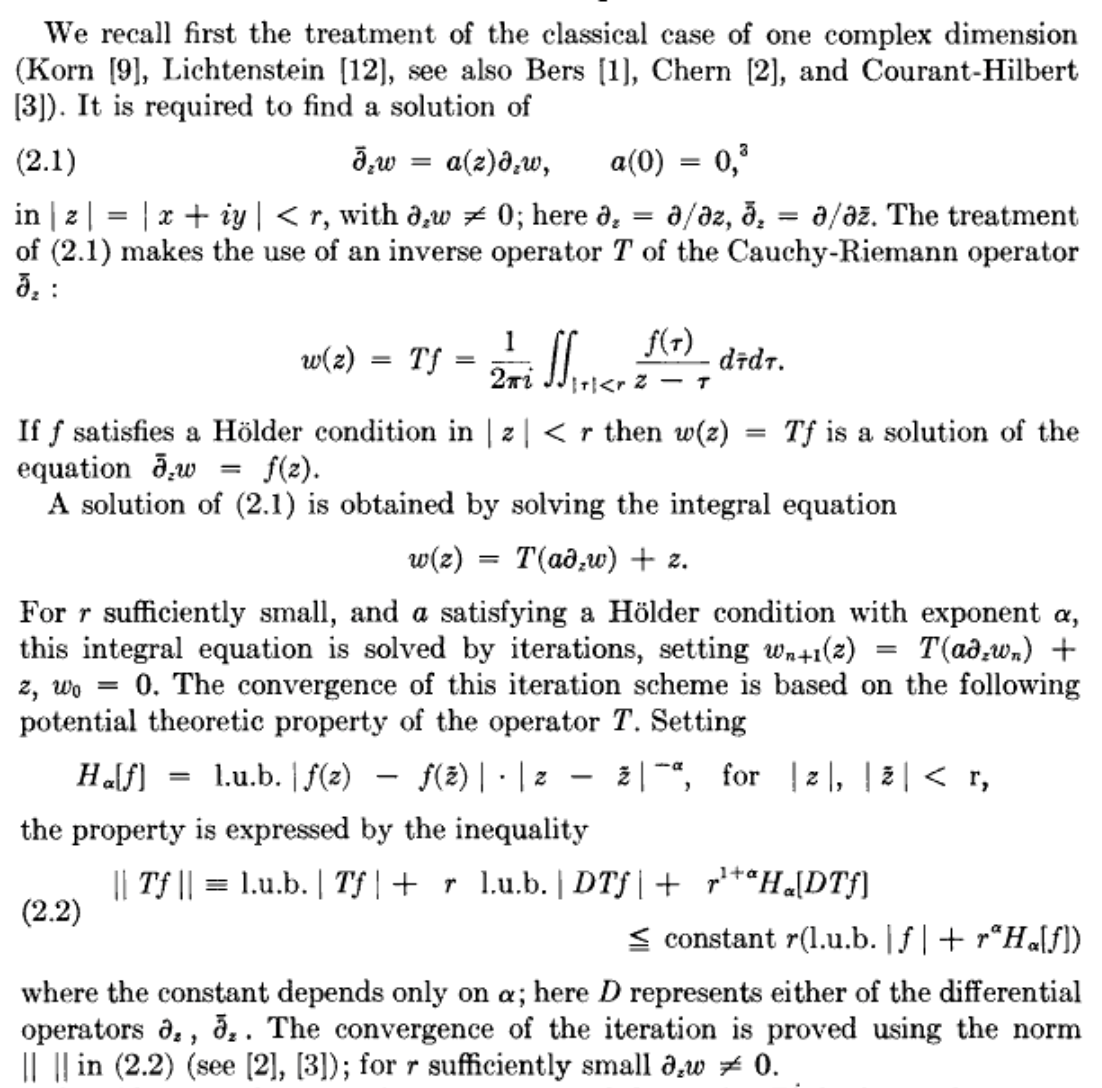I know that this is supposed to be standard, but I don't know how to search for it... hence the question:
Let $J$ be an almost complex structure on $M:=\mathbb R^2$, i.e., a $C^\infty$ section of $\mathrm{End}(TM)$ which squares to $-\mathrm{id}_{TM}$.
How does one prove that $(M,J)$ is integrable, i.e. how does one prove that it is locally isomorphic to $\mathbb C$?

